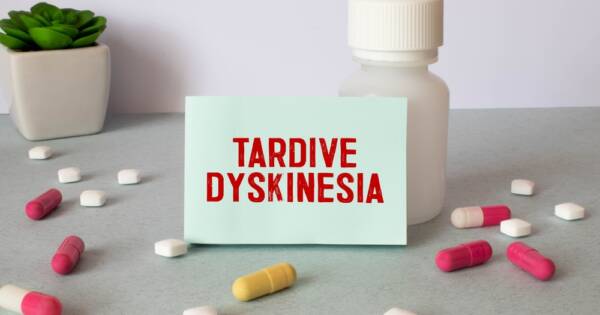Stroke awareness is key to reducing risks and improving outcomes, requiring an understanding of symptoms, early detection, and prevention strategies. The F.A.S.T. system aids in recognizing key signs, while lifestyle changes and medical interventions reduce risk factors. Prioritizing timely intervention and continuous health monitoring can minimize impacts and empower proactive health management.
Understanding Stroke Symptoms and Risk Prevention Strategies
Strokes are a medical emergency that occur when the blood supply to part of the brain is interrupted or reduced, depriving brain tissue of oxygen and nutrients. Consequently, this can lead to the death of brain cells and loss of functions like speech and movement.
Noteworthy symptoms of a stroke include sudden numbness or weakness, confusion, trouble seeing, dizziness, and severe headaches. These symptoms often develop suddenly, and early recognition is crucial for minimizing long-term effects.
Recognizing Early Symptoms of a Stroke
The F.A.S.T. system is a popular and effective tool used to identify early warning signs: Face drooping, Arm weakness, Speech difficulty, and Time to call 911 highlight the critical signs. Apart from these common symptoms, individuals may also experience other symptoms such as sudden confusion, vision troubles, dizziness, or difficulty walking.
Women, in particular, may exhibit additional symptoms like general weakness, disorientation, confusion, fatigue, nausea, or vomiting. Silent strokes, though lacking obvious symptoms, can still pose risks for future strokes or dementia, making regular health screenings essential for early detection.
Stroke Risk Prevention Strategies
Preventing a stroke involves controlling both modifiable and non-modifiable risk factors. Non-modifiable factors include age and genetic predisposition; however, up to 80% of strokes can be prevented through lifestyle changes that manage risk effectively. Maintaining a healthy blood pressure is critical, given that hypertension is the leading cause of strokes. A pressure target of less than 120/80 mm Hg is ideal.
Quitting smoking significantly reduces stroke risk, lowering it substantially within just a few years of cessation, as quitting reduces damage. Physical activity plays an essential role in stroke prevention, with recommendations suggesting at least 150 minutes of moderate-intensity aerobic activity weekly.
Nutritional strategies also significantly affect stroke prevention. The Mediterranean or DASH (Dietary Approaches to Stop Hypertension) diets, rich in fruits, vegetables, whole grains, and healthy fats, can substantially lower stroke risk by limiting unhealthy fats and added sugars. Additionally, weight management plays a vital role as well, since losing even just a modest amount of weight can have an impactful effect on reducing stroke risk.
Medical Interventions and Continuous Monitoring
For those already experiencing conditions that could heighten stroke risk—such as high cholesterol, diabetes, atrial fibrillation, and other heart conditions—effective management of these conditions is crucial. Integrated care involving various healthcare professionals can provide comprehensive management and preventive interventions. Furthermore, medications like statins or GLP-1 receptor agonists might be recommended where necessary for managing cholesterol levels and helping in weight management.
Equally vital are preventative measures against lifestyle-induced risk factors. Managing blood pressure through lifestyle changes or medication can effectively prevent strokes, with a focus on achieving a healthy range for blood pressure levels. Furthermore, addressing socioeconomic barriers and understanding individual risks can further personalize stroke prevention strategies.
The Importance of Timely Medical Intervention
Time is critical when it comes to treating a stroke. On average, about 1.9 million brain cells are lost each minute that a stroke goes untreated, highlighting the importance of immediate medical intervention to improve survival rates and reduce disability.
For ischemic strokes, the FDA-approved drug tPA (tissue plasminogen activator) should be administered within a 4.5-hour window from onset to dissolve clots and restore blood flow. Regular check-ups and awareness of sudden symptom changes can initiate rapid responses and prevent severe outcomes.
Why You Should Learn More About Stroke Today
Understanding stroke symptoms and risk prevention strategies can significantly alter long-term health outcomes. With a comprehensive approach combining lifestyle changes, early symptom recognition, and timely medical intervention, strokes may be prevented or their impacts minimized.
Prioritizing healthy living through diet, exercise, and smoking cessation, alongside close monitoring of pre-existing health conditions, serves as a strong foundation for reducing stroke risks. Learning more about strokes not only prepares individuals for better health management but also empowers them to make informed decisions for themselves and their loved ones.
Sources
Effective Stroke Prevention Strategies





